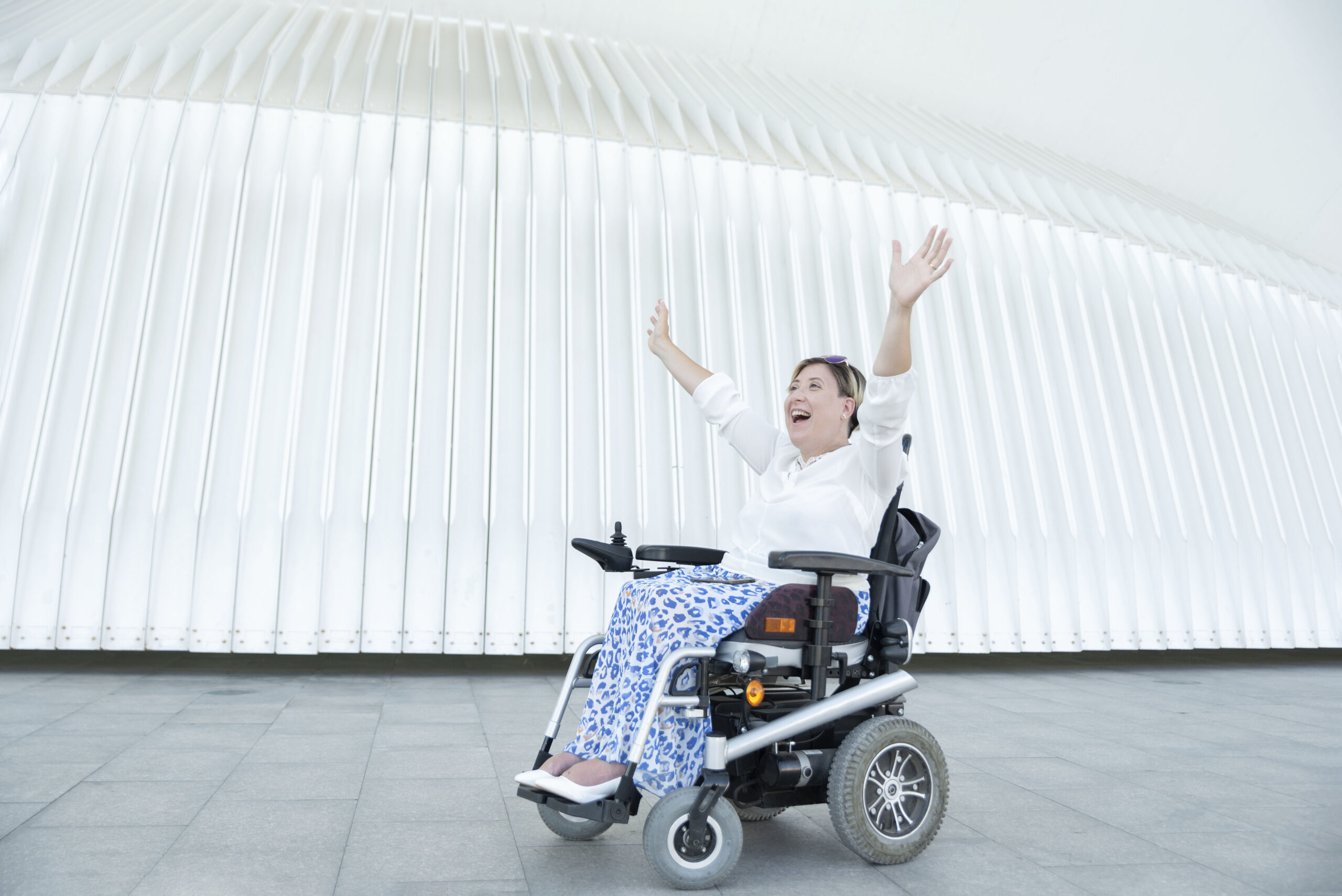The 4 Ps of Wheelchair Seating: A Practical Framework for Better Outcomes
Wheelchair seating is more than a matter of comfort—it is a cornerstone of clinical care that directly impacts health, function, and quality of life. A structured framework such as the 4 Ps—Posture, Pressure, Pain, and Performance—can assist clinicians in delivering effective and person-centred seating outcomes. This article outlines each principle and its relevance to wheelchair seating practice.
Posture
Posture is the foundation of any seating system. Without adequate postural support, individuals are at risk of developing fixed deformities, impaired respiration, digestive issues, and reduced upper limb function. Pelvic positioning is central to postural alignment—if the pelvis is tilted or rotated, secondary spinal and lower limb misalignments are likely.
Seating interventions should aim to achieve a neutral pelvic position, upright trunk alignment, and symmetrical lower limb support. Dynamic postures should also be considered, as individuals shift throughout the day. A combination of shaped cushions, contoured backrests, lateral supports, and adjustable components may be required to accommodate individual needs and promote stability.
Pressure
Pressure care is essential in wheelchair seating, especially for individuals with reduced mobility, sensation, or poor nutritional status. Prolonged or uneven pressure can compromise tissue perfusion and lead to pressure injuries, which are not only painful but can also result in hospitalisation and long-term complications.
Seating systems must include appropriate pressure-relieving or pressure-redistributing cushions, and their selection should be based on clinical presentation, risk level, and functional needs. Regular weight shifts—whether independent, assisted, or powered—must be factored into daily routines. Surface materials, posture, and movement all influence pressure risk and must be addressed holistically.
Pain
Pain is often an under-acknowledged aspect of wheelchair use. It can originate from poor posture, repetitive strain, excessive pressure, or musculoskeletal imbalances. Chronic pain not only reduces participation and quality of life but can also lead to further functional decline through reduced activity and fear of movement.
A thorough seating assessment must include inquiry into pain type, location, intensity, and patterns throughout the day. Interventions may involve redistributing weight-bearing, increasing lumbar or thoracic support, adjusting footplate height, or reducing friction and shear forces. Comfort should be prioritised alongside function, as pain can undermine the benefits of even the most clinically sound seating setup.
Performance
The ultimate goal of wheelchair seating is to enable functional performance. An effective system should support the person to engage in daily activities—whether that’s self-propelling, eating, working, socialising, or participating in leisure. Poorly configured seating can lead to fatigue, restricted mobility, impaired communication (e.g. due to poor head positioning), or reduced upper limb reach.
Performance-oriented seating looks beyond static posture and considers the dynamic demands of everyday life. For some users, this means balancing stability with mobility. For others, it may involve integrating powered seating functions (tilt, recline, lift) to support transfers, rest, or physiological needs. Aligning the seating system with the person’s lifestyle, roles, and environment ensures the intervention is both meaningful and sustainable.
Conclusion
Using the 4 Ps—Posture, Pressure, Pain, and Performance—as a clinical framework supports comprehensive, evidence-based wheelchair seating practice. This model not only guides clinical reasoning but also ensures that interventions align with the individual’s functional goals, comfort, and health outcomes. By systematically addressing each component, clinicians can deliver tailored solutions that promote independence, prevent complications, and enhance quality of life.
References
Springle, S., & Sonenblum, S. (2011). Assessment of wheelchair seated posture. Physical Medicine and Rehabilitation Clinics of North America, 22(3), 431–441.
Consortium for Spinal Cord Medicine. (2014). Pressure ulcer prevention and treatment following spinal cord injury: Clinical practice guideline. Paralyzed Veterans of America.
Sassi, F. C., et al. (2020). Musculoskeletal pain in wheelchair users: prevalence, associated factors, and impact on quality of life. Disability and Rehabilitation, 42(8), 1137–1144.
World Health Organization. (2001). International Classification of Functioning, Disability and Health (ICF). Geneva: WHO.
About the Author
Elaine is a Clinical Excellence Lead and Occupational Therapist at KEO Care. With 10 years of experience in clinical practice, Elaine specialises with the prescription of home modifications and assistive technology.
Elaine values being part of a strong multidisciplinary team and enjoys both sharing her knowledge and learning from her colleagues. Her approach to practice is innovative and collaborative, enabling her to work closely with her KEO teammates to achieve the best possible outcomes for the people they support.
